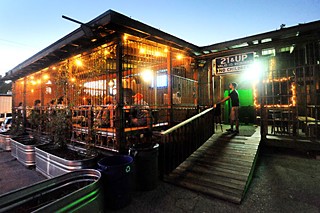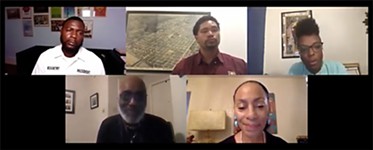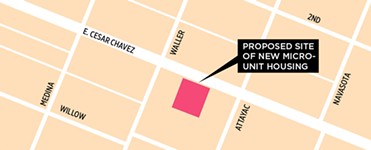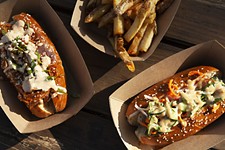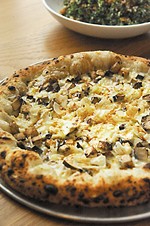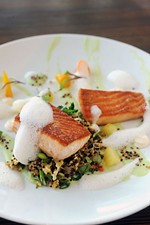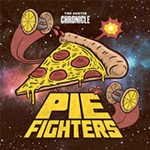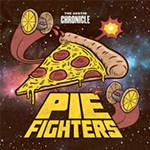Bar Crawl Conversations
Four quick jaunts around the East Austin bar scene
By Virginia B. Wood and The Food Staff, Fri., Aug. 10, 2012
Ever since post-Civil War German immigrants began gathering at August Scholz' biergarten to share beer and music, each subsequent generation of Austinites has found their own special venues for the enjoyment of music and libations. Modern day Austin's urban core now boasts several entertainment districts, each with its own distinctive scene and clientele. The Historic Entertainment District came first, where music venues gave way to shot bars with cover bands serving crowds of hard-partying frat boys and curious tourists. Next came the Warehouse District, where a slightly older crowd sought more refined offerings of food, wine, and cocktails. Beginning in the middle of the last decade, those established areas began to see competition from scenes developing along both the East and West end of Sixth Street, as well as in the West Second and Rainey Street neighborhoods. We checked out Rainey Street in May, and this summer, we've set our sights on East Austin.
The area of East Austin, bound by I-35 on the west, Seventh Street on the north, Springdale Road on the east, and the Colorado River on the south has been a predominately Hispanic residential and business neighborhood since the mid-20th century. Mexican-American GIs returned from World War II to purchase homes and build businesses, creating Austin's Hispanic middle class. Along with homes, the neighborhood included several very popular family-owned Mexican restaurants, tortilla factories, produce houses and meat companies, small independent businesses, warehouses, and Mexican bars. As is often the case, artists and other creative types were among the first urban pioneers to begin looking east of the freeway for affordable studio and living spaces over the past 20 years, and, after the turn of the century, they were followed by real estate developers gambling on the fact that building housing near Downtown would provide a return on their investments.
The flowering of the neighborhood's hot, current bar scene was in part the result of the economic downturn in 2008. When the bottom fell out of the construction business, the area's popular Tejano and Norteño bars fell on hard times because much of their construction worker clientele no longer had jobs. Attracted by empty bar buildings with affordable rent and some convenient parking, savvy hospitality entrepreneurs moved in, creating new restaurants, bars, coffee shops, music venues, and food trailer parks. A definite scene began to emerge. By day, many of the historic neighborhood restaurants and businesses continue operation right alongside their new neighbors. After dark, the vibrant bar and music scene is hip and happening; skinny jeans, micro short-shorts, artful tattoos, eye-catching body piercings, and handlebar moustaches are the stylings of choice.
To fully appreciate what's happening on the East Side, a bar crawl was definitely in order. Since my bar crawling days pretty much ended when the Texas Chili Parlor was still on the first owner and the Cedar Door was in its original location, we sent out four teams of qualified drinkers to do the reporting: Claudia Alarcón, Wes Marshall, Kate Thornberry, Rachel Feit, Melanie Haupt, Jessi Cape, and Meghan Speakerman. What follows are their reactions to the scene. I went along as the sober ride home. Based on what I saw, if I were still young and drinking, I'd be hanging at the White Horse. – V.B.W.





